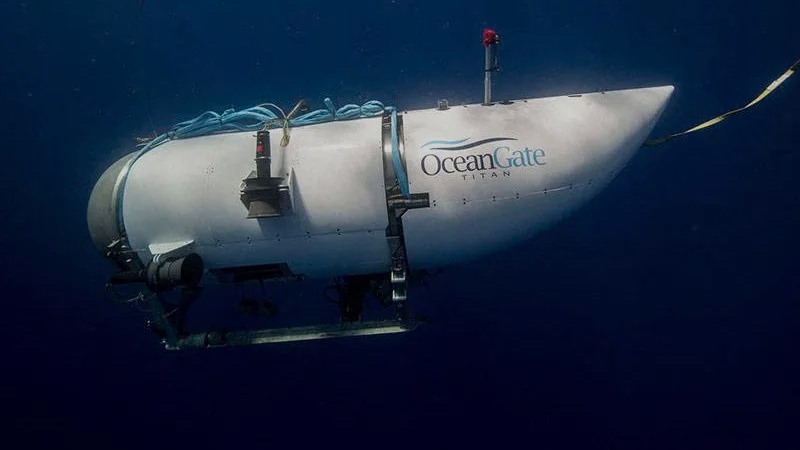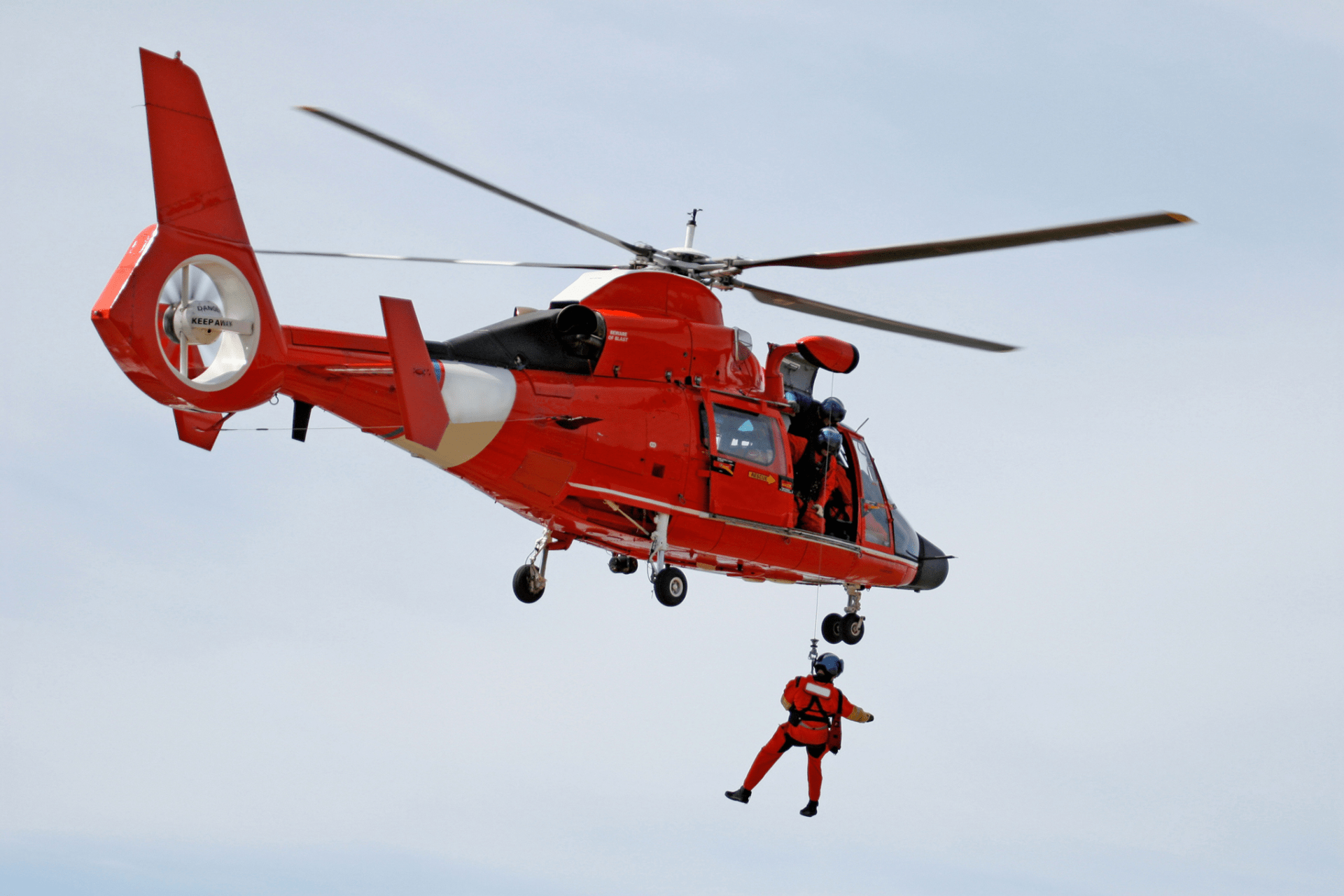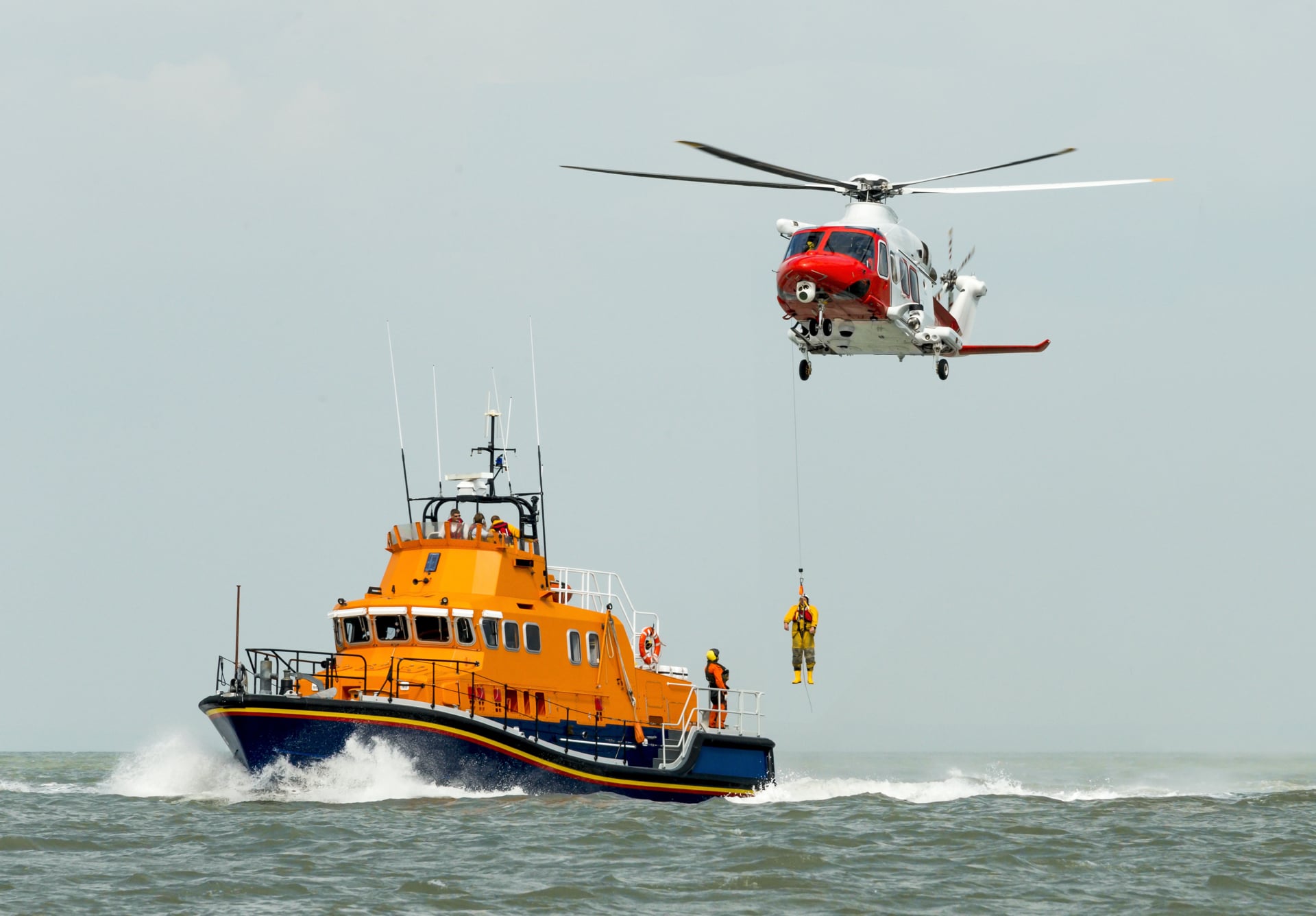The Foundation: What is the IMO SAR Convention?
The International Maritime Organization (IMO), the United Nations specialized agency responsible for the safety and security of shipping and the prevention of marine pollution by ships, introduced the SAR Convention in 1979. This convention sets out an international blueprint for SAR, providing a framework for the execution of search and rescue operations worldwide.
The convention’s essence is simple: “Any person in distress at sea must be rendered assistance, irrespective of the nationality or status of such a person or the circumstances in which that person is found.” A powerful message that underscores the fraternity of the maritime world.
At the heart of the IMO SAR Convention lies the principle of international cooperation. Coastal states are assigned the responsibility of establishing and operating Maritime Rescue Coordination Centers (MRCCs) within their designated search and rescue regions (SRR). These centers act as focal points for coordinating and directing rescue operations, ensuring seamless communication and cooperation between countries.
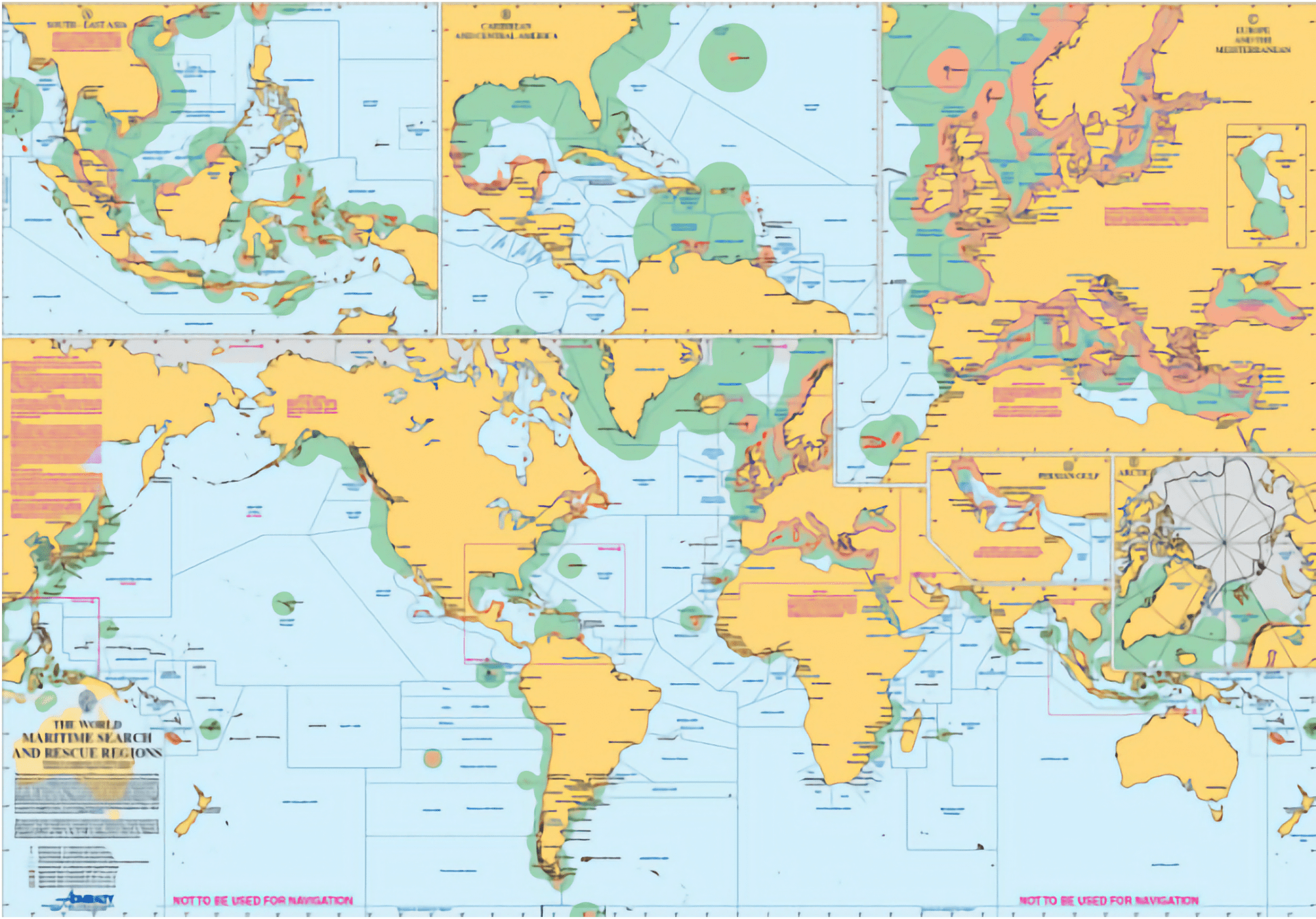
The Pillars of the IMO SAR Convention:
-
Global SAR Plan: This pillar involves the division of the world’s oceans into 13 search and rescue areas, with various countries responsible for ensuring adequate SAR services in their designated areas.
-
Cooperation and Support: The convention emphasizes cooperation, requiring that countries adjacent to a SAR area coordinate their efforts, sharing facilities and supporting each other during operations.
-
Continuous Improvement: The convention calls for regular reviews and updates of SAR services, plans, and procedures to ensure they are up-to-date and effective.The maritime industry is an intricate network that connects countries, facilitates trade, and ensures the smooth movement of goods and people across the oceans. However, the vastness of the seas brings with it inherent risks and challenges, making search and rescue operations an indispensable part of maritime safety.
All Hands on Deck:
The SAR Convention recognizes that no single nation can handle every search and rescue operation alone. It encourages states to enter into agreements and arrangements, allowing them to pool resources, share expertise, and provide mutual assistance. This cooperative approach enables a swift and effective response to emergencies, maximizing the chances of successful rescues.
From the strategic placement of SAR facilities across our oceans to the international cooperation in response to emergencies, the SAR Convention is the invisible hand guiding us, always reminding us of our responsibility and our commitment to the preservation of life at sea.
Defined Search and Rescue Regions:
To optimize operational efficiency, coastal states establish specific search and rescue regions based on geographic factors and maritime traffic patterns. These regions ensure that every area of the sea is covered by a designated MRCC responsible for coordinating rescue efforts within its jurisdiction. This systematic division allows for better resource allocation and coordination of search and rescue assets.
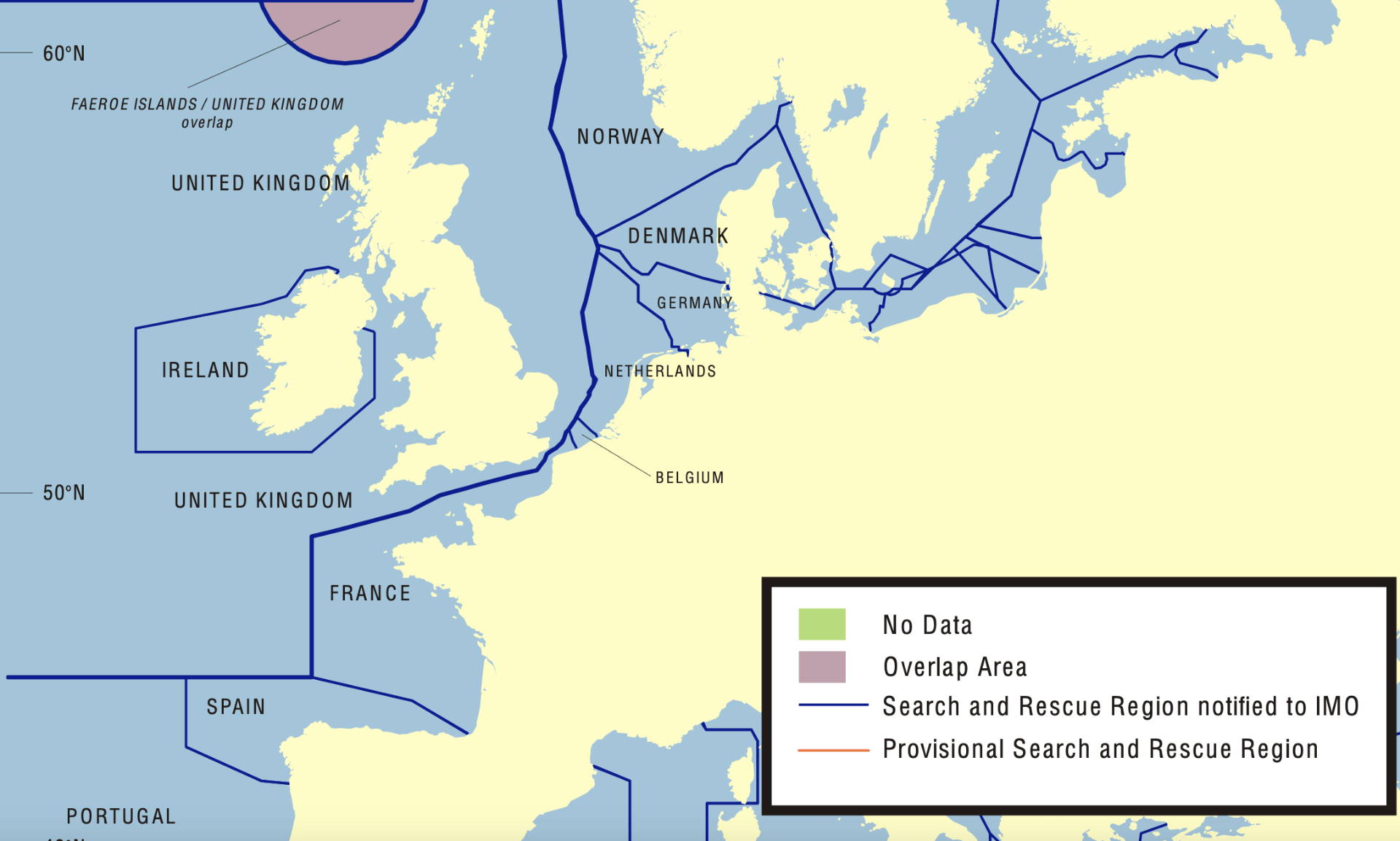
The Power of Rescue Coordination Centers:
Rescue Coordination Centers (RCCs) serve as the nerve centers of search and rescue operations. These centers operate within these “Search and Rescue Regions” (SRRs) designated by the International Maritime Organization (IMO) and the International Civil Aviation Organization (ICAO).
Some RCCs function as Joint Rescue Coordination Center (JRCCs), incorporating personnel from multiple military and civilian services to provide a broad spectrum of expertise. Specialized Maritime Rescue Sub-Centers (MRSCs) focus exclusively on maritime emergencies, easing the workload within a specific area of the SRR.
These RCCs and MRSCs ensure that distress calls from any corner of the globe receive a coordinated and prompt response. In essence, RCCs not only facilitate local SAR operations but also ensure smooth international coordination between neighboring Maritime Rescue Coordination Centers (MRCCs) when incidents cross national boundaries.
Conclusion:
The IMO SAR Convention stands as a testament to international efforts to ensure the safety and well-being of those at sea. By establishing standardized procedures, encouraging cooperation, and fostering the exchange of information, the convention has created a robust framework for effective search and rescue operations worldwide. With its emphasis on saving lives and providing timely assistance, the IMO SAR Convention remains an indispensable tool for maritime professionals dedicated to ensuring safe voyages across the oceans.
At SAR-Consulting, we are proud to be part of this global SAR community, committed to saving lives at sea and continually enhancing our SAR capabilities. We invite you to join us in this journey, to explore, learn, and grow together. Whether you’re a search and rescue professional looking for expert advice, a shipping company or from the offshore industry, interested in understanding more about SAR operations, we’re here for you. Together, we can make the maritime world a safer place for all.


